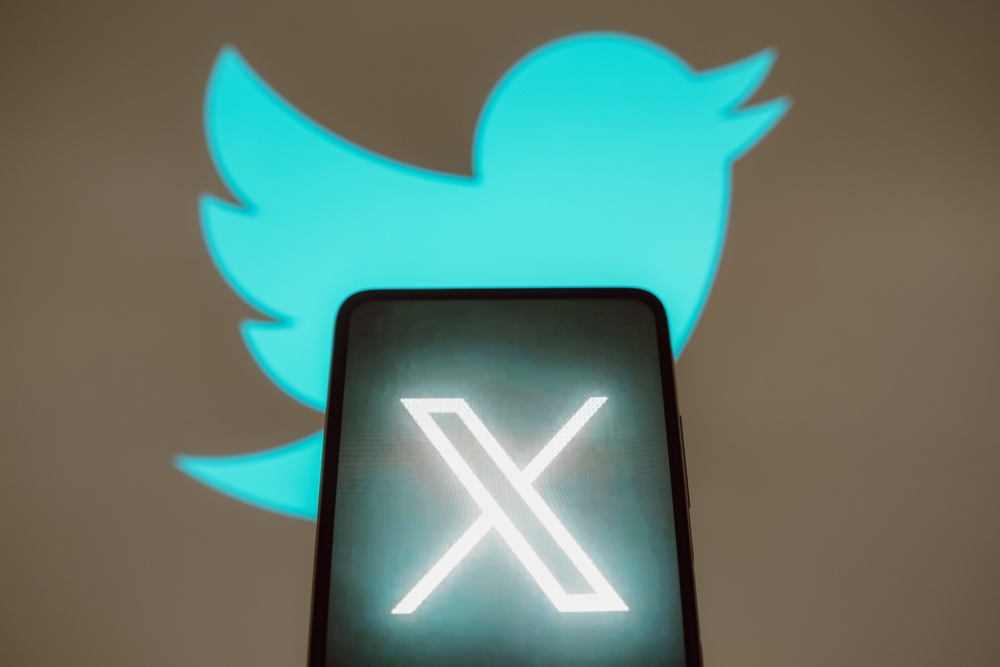First appeared in Western Journal
By Aron Solomon
I will preface this piece by saying that I won’t refer to Twitter as “X” here, nor do I plan to ever refer to Twitter as X. While I will cover this in much more detail elsewhere, I think that Elon Musk’s time as the owner of Twitter is going to be limited — either by him or his creditors getting bored of his stewardship of the company.
While there are a lot of factors that could cause Twitter to disappear, one of the important ones that not enough people are talking about today, which may have been an intentional move on Musk’s part, is the fact that the user experience is completely different than it used to be.
With everything that has gone wrong under Musk’s leadership of Twitter, a functional, technical part of the new user experience is what might lead a groundswell of people off the platform and in search of greener pastures.
Anyone who is a long-term user of Twitter like me (I joined in 2009) remembers that until recently, what appeared in your feed were tweets from accounts you followed. Now your feed is divided into two parts: “following” and “for you.”
This “for you” functionality uses Twitter’s preferences and algorithms to suggest tweets that you might like. It would be a wild understatement to say that “for you” is a mixed bag in real life.
On the one hand, “for you” does actually do what Musk said it was intended to do, which is introduce Twitter users and their tweets into your timeline in areas that interest you.
But it does a lot more than that. Because of the use of what have become artificial blue verification checks, the Twitter algorithm seems to be stacked against us as readers. I find with each passing week the content that appears in my “for you” feed ranges from irrelevant to deeply tasteful. It certainly has little to nothing to do with the topics I actually follow.
If this continues as it has over the past couple of months, Twitter may be close to violating its own terms of service.
As New York lawyer William Cooper said, “If Twitter essentially becomes a propaganda machine, by only serving up contact in ‘for you’ section that it wants to serve, rather than what the user has asked for, there could be a legal argument that this runs counter to what we agreed upon in the terms of service.”
Even if this turns out not to be a terms of service violation, it is fundamentally a change in the user experience. We now have to check to see whether the tweets we are reading are tweets that we want — i.e., from the accounts we follow — or tweets that are being served to us by the company whose service we are using.
This really isn’t the way Twitter was designed to work.
From Day One, Twitter was about all of us having the freedom to follow the people we want, digest the content we want, and not have to be inundated with a lot of content that we’re not interested in. Now, the “for you” section seems to be building an entirely different foundation from the one upon which Twitter was built.
Ultimately, this is the biggest of big deals for Twitter. If people like me are hesitant to even open the app because we feel that we are going to get irrelevant and uninteresting information, then what’s the point?
Even if you are ardently pro-Musk, love everything that he’s built, and think his leadership is great for Twitter, if your user experience changes dramatically, will you want to stick around?
About Aron Solomon
A Pulitzer Prize-nominated writer, Aron Solomon, JD, is the Chief Legal Analyst for Esquire Digital and the Editor-in-Chief for Today’s Esquire. He has taught entrepreneurship at McGill University and the University of Pennsylvania, and was elected to Fastcase 50, recognizing the top 50 legal innovators in the world. Aron has been featured in Forbes, CBS News, CNBC, USA Today, ESPN, TechCrunch, The Hill, BuzzFeed, Fortune, Venture Beat, The Independent, Fortune China, Yahoo!, ABA Journal, Law.com, The Boston Globe, YouTube, NewsBreak, and many other leading publications.



